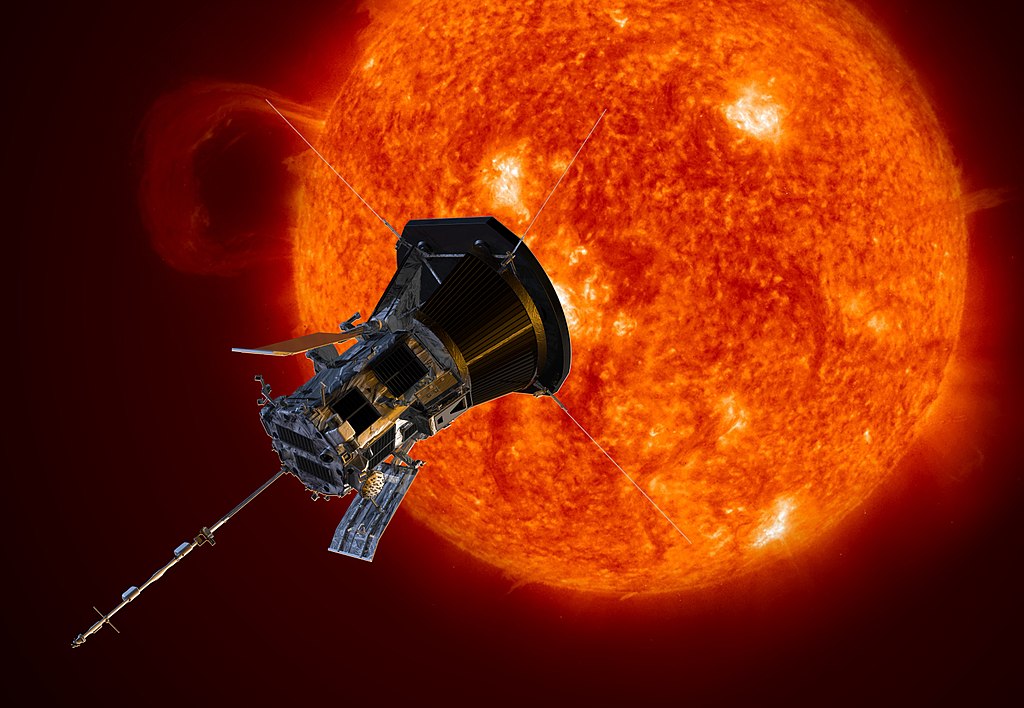This morning the Parker Solar Probe made a flyby of the planet Venus as a part of its path to the Sun. The Parker Solar Probe is using the gravity of Venus to slow it down in such a way as to take it closer to the Sun on each successive orbit, eventually bringing it to its planned 4 million mile distance from the “surface” of our nearest star. This whole process is basically the reversal of how probes like Voyager, Galileo, New Horizons and others have used planets, including earth, for gravity assists to get further out in the solar system. A tried and true technique thanks to the nature of orbital mechanics.
We’re getting closer to “touching” the Sun!
This morning, our #ParkerSolarProbe spacecraft successfully completed its first flyby of Venus at a distance of about 1,500 miles. Get more details from @NASASun: https://t.co/1IMpDVlFhn pic.twitter.com/IdSJCfKIzN
— NASA (@NASA) October 3, 2018
What’s awesome about this is that it’s just been 2 and a half months since the launch of the probe, on August 12th. That’s quite a fast trip from here to Venus, and by December the Parker Solar Probe should be beginning its first studies of the Sun. Needless to say, this will be amazing, and I can’t wait to see what data we get from this awesome mission!
Below is the link to an official release regarding this event, with rather terse text:
“On Oct. 3, Parker Solar Probe successfully completed its flyby of Venus at a distance of about 1,500 miles during the first Venus gravity assist of the mission. These gravity assists will help the spacecraft tighten its orbit closer and closer to the Sun over the course of the mission.
Detailed data from the flyby will be assessed over the next few days. This data allows the flight operations team to prepare for the remaining six Venus gravity assists which will occur over the course of the seven-year mission.”
http://parkersolarprobe.jhuapl.edu/News-Center/Show-Article.php?articleID=105
It will be cool to see what that data reveals.

